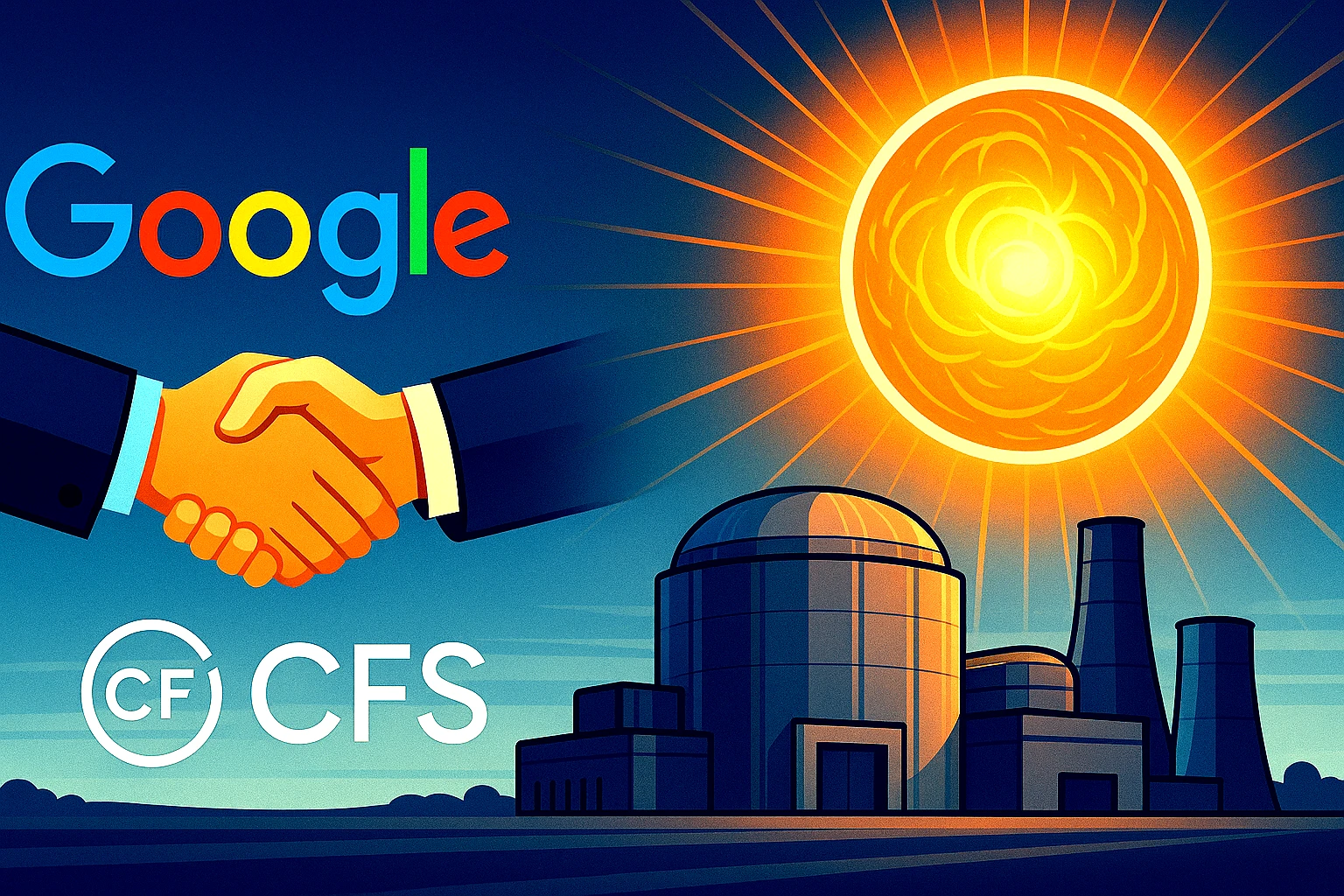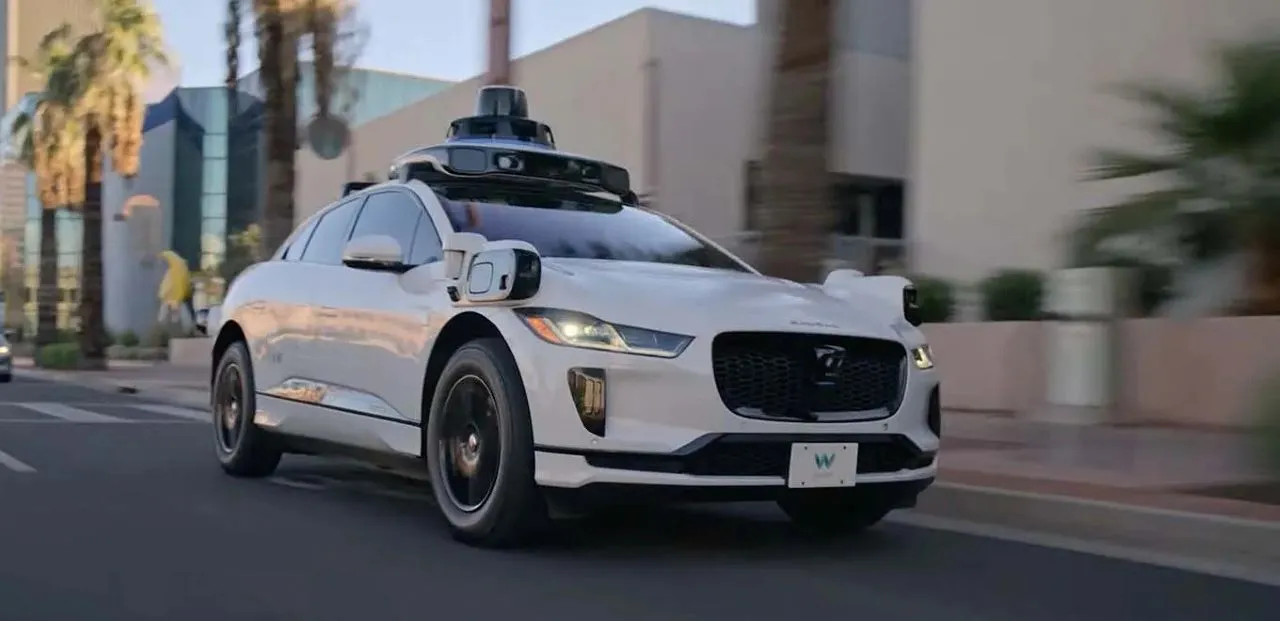Google has taken a bold step into the future of clean energy by committing to purchase 200 megawatts of electricity from Commonwealth Fusion Systems’ first commercial fusion power plant. This deal marks a significant milestone for fusion energy — and for Google’s long-term strategy to power its growing global infrastructure.
A Major Bet on the Future of Energy
In a deal announced Monday, Google revealed that it will buy half the electricity output of Commonwealth Fusion Systems’ Arc power plant, expected to go online in the early 2030s. As part of the agreement, Google is also participating in a new, undisclosed funding round for CFS — said to be on par with its previous $1.8 billion Series B in 2021.
“This investment allows us to do some of the R&D that will enable us to go into Arc faster,” said CFS CEO Bob Mumgaard.
A Rare Fusion Purchase Agreement
This is only the second major deal where a company has agreed to buy fusion energy. The first came in 2023, when Microsoft partnered with Helion. CFS’s plant, Arc, will be built near Richmond, Virginia, following the Sparc demonstration reactor now under construction outside Boston, set to be completed in 2026.
Why Google Needs Fusion
As Google’s AI and cloud services drive rapid data center expansion, energy demand is surging. According to projections, data center electricity needs could double by 2030. Google is responding by diversifying its energy sources across three time horizons: current (solar, wind, batteries), near-future (geothermal, modular nuclear), and long-term — which includes fusion.
“Fusion would certainly put this [deal] in the long-term category,” said Michael Terrell, Google’s head of advanced energy.
Beyond Solar and Wind
In 2024, Google purchased 8 gigawatts of renewable energy — double its 2023 figure. While wind and solar remain core components, some regions aren’t well-suited for them due to weather or infrastructure limitations. Fusion offers a consistent, scalable alternative.
Terrell explained that while overbuilding renewables is possible, it can be expensive. Clean, firm technologies like fusion help reduce overall portfolio costs by filling gaps where renewables fall short.
Fusion’s Promise of Global Scalability
Fusion offers a major advantage: it’s not dependent on geography, weather, or rare materials. It can run continuously, day and night, anywhere in the world.
“We expect that fusion can have a really big payoff,” said Mumgaard. “Once it’s shown that you can do this and you have a first power plant up and running, you could scale it. You could build this around the world.”



